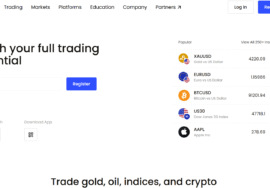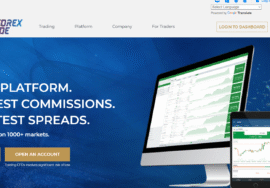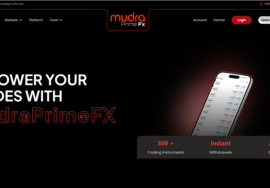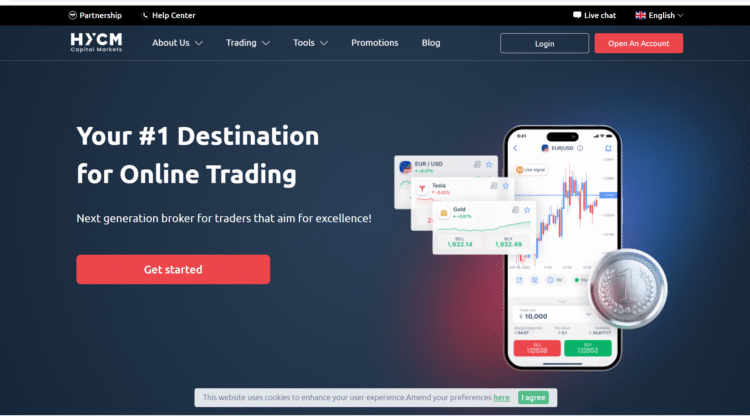
7 Important Strengths and Risks of HYCM Every Trader Should Understand
7 Important Strengths and Risks of HYCM Every Trader Should Understand
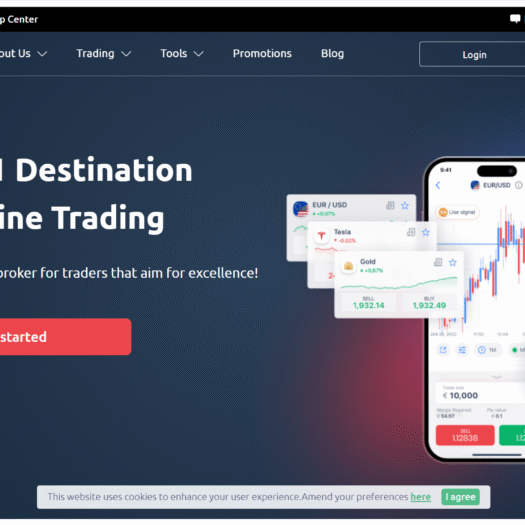
HYCM (Henyep Capital Markets) is a forex and CFD broker with a long history, multiple regulatory registrations, and a broad product offering. For many traders it appears to be a solid option. However, there are also trade-offs and recurring complaints from users that deserve close attention. Below are seven important strengths and risks to help you decide whether HYCM is right for you.
1) Multi-jurisdiction regulation is a strong plus
One of HYCM’s biggest positives is that it is regulated in several well-known jurisdictions. The UK branch, HYCM Capital Markets (UK) Limited, is authorised and regulated by the Financial Conduct Authority with reference number 186171. Another entity is regulated by the Dubai Financial Services Authority (DFSA). HYCM is also regulated in the EU through its Cyprus entity under CySEC, and in other jurisdictions as well. This multi-regulation offers a high level of legal oversight, consumer protection (such as client fund segregation), and transparency in many of its offerings. This gives HYCM a credibility that many unregulated brokers do not have.
2) Wide product range, multiple platforms, and established history
HYCM has been operating for decades (some sources say over 40 years, under its group Henyep). It offers many tradable assets: forex pairs, CFDs on indices, shares, commodities, and also cryptocurrencies, depending on jurisdiction. It supports popular and reliable platforms such as MetaTrader 4 and MetaTrader 5, as well as its own mobile app and web-based tools. For many traders, that variety combined with long history means improved stability, more tools, and somewhat better reliability.
3) Good protections and client features under regulation
HYCM includes several safety-oriented features: negative balance protection, segregated client funds, risk disclosures, and legal documentation available for clients. Their regulated entities in top jurisdictions (UK FCA, EU/CySEC etc.) generally mean that clients have some recourse if things go wrong. For traders who value legal safety, these are meaningful advantages.
4) Generally positive user feedback—but with notable complaints
Many users give favorable reviews: good execution speed, acceptable spreads, reliable deposit/withdrawal (especially small amounts), decent support, and platform stability. However, a number of complaints recur: delays in withdrawing profit, occasional changes of withdrawal times or requirements, some user claims of account closure under unclear conditions, or profit being cancelled under claims of “abuse” or violating terms. Some users on Trustpilot allege that promises of quick withdrawals were later postponed dramatically.
5) Cost structure and account types are competitive, but conditional
HYCM offers several account types: standard, raw spread, etc., with varying spreads, commission and margin requirements. The minimum deposit for some account types in certain jurisdictions is relatively modest. Traders often report that under stable market conditions spreads are reasonable. But the advertised “best” spreads often apply only under specific conditions (certain instruments, size of deposit, account type). Also, during high volatility or low liquidity times, spreads may widen. Some users complain about fees for certain withdrawal methods or for inactivity.
6) Withdrawal & customer service issues: real-but mixed
One recurring risk for HYCM is that while many users report smooth withdrawals, others report delays, or that the broker requires extra verification or documentation that slows things down. On Trustpilot, there are 1-star reviews alleging that a promised fast withdrawal window was later changed to a much longer period, with poor reply from support. Some community reviews say that profit withdrawal becomes harder once profits are large. Moreover, some complaints state that terms about “abusive trading” or “scalping policy” were used to deny or adjust profits. These kinds of issues often appear with brokers even when regulated—but they weaken trust, especially if not clearly disclosed in terms.
7) Transparency is good, but “fine print” and regional restrictions matter
HYCM offers legal documents, risk warnings, regulatory details, and an execution policy. But often, some of the more restrictive or discretionary clauses are buried in fine print: rules about scalping or account usage, margin changes, commission or fee changes, minimum trade sizes, withdrawal conditions (especially for different jurisdictions), and restrictions in certain countries. Also, HYCM has regional restrictions: they don’t accept clients from certain jurisdictions (for example, USA, etc.), and regulatory protections vary depending on which legal entity you use. So what you see in marketing may not match what applies to you depending on your country.
Conclusion: Final Verdict on HYCM
HYCM is among the more respectable brokers in the Forex/CFD space. Its multi-regulatory structure (UK FCA, DFSA, CySEC, etc.), long history, stable platform offerings (MT4, MT5, etc.), and range of tradable products give it many of the features that serious traders should look for. For traders in jurisdictions covered by HYCM’s well-regulated entities, these features translate into real legal protections: segregated funds, oversight, ability to complain to regulators, and more transparency in terms of costs and policies.
That said, HYCM is not perfect, and there are some important risk points you should not ignore. Chief among these are withdrawal issues: while many users report smooth and timely withdrawals, a number of others say they experienced delays, extra verification requirements, or even rearranged withdrawal times (promised 30 minutes turned into days or weeks, in some claims). If you plan to trade with large sums, or expect profit withdrawals frequently, that risk becomes more material.
Another risk is cost variability: spreads, commissions, margin requirements, and fees are generally reasonable; however, the advertised “best” conditions are often conditional — depending on account type, deposit size, instrument, and liquidity. During volatile times or low liquidity, many brokers (including HYCM) widen spreads. If your strategy depends on consistency of spread (e.g. scalping) or minimal slippage, you may face more cost than expected.
Also, regional restrictions and entity-based regulation mean your experience depends heavily on which HYCM legal entity you use and where you reside. If you are using a branch regulated by a strong authority, you benefit from more protection. If from a less-supervised entity, risk is higher. Always verify which entity is handling your account, what regulations apply to you, and whether client fund protection or compensation schemes apply.
If I were you evaluating HYCM, I’d:
- Start with a modest deposit, trade for some time to see execution, cost, and spreads under real market conditions.
- Make a small profit, then attempt a withdrawal to test the withdrawal speed, verification, and any friction.
- Carefully read through the account terms, especially things like scalping rules, “market abuse” definitions, account inactivity clauses, commission or fee schedules, spread variability, and whether negative balance protection is guaranteed.
- Keep records of all trades, communications, and policy clauses; if support gives verbal promises, document them.
- Prefer the HYCM entity in your region with strongest regulatory oversight.


